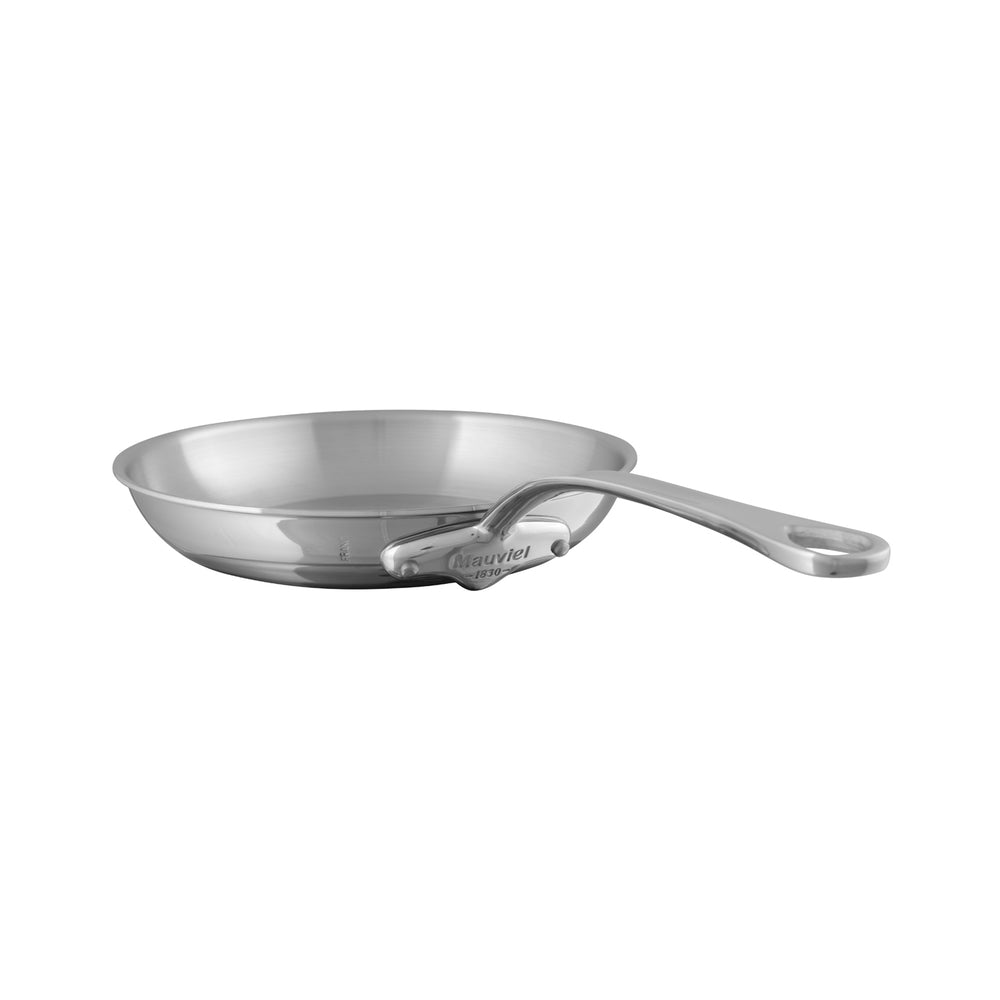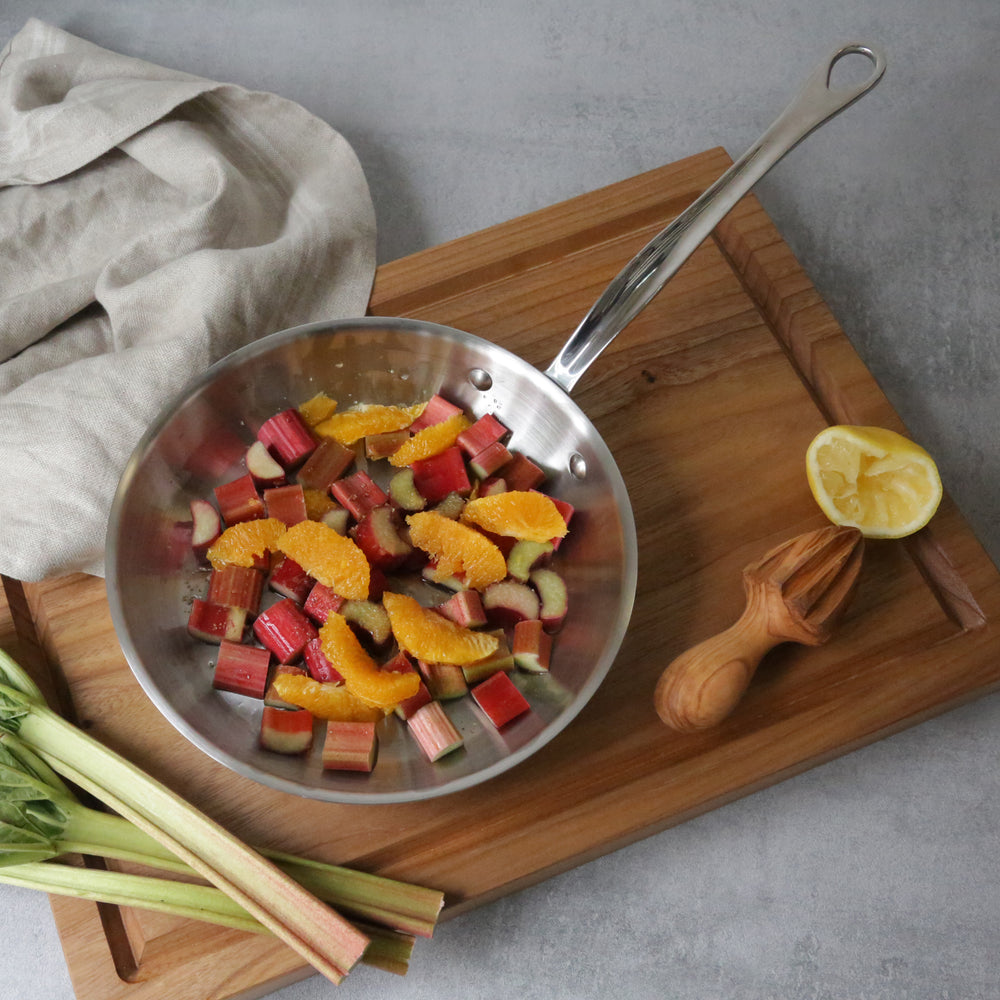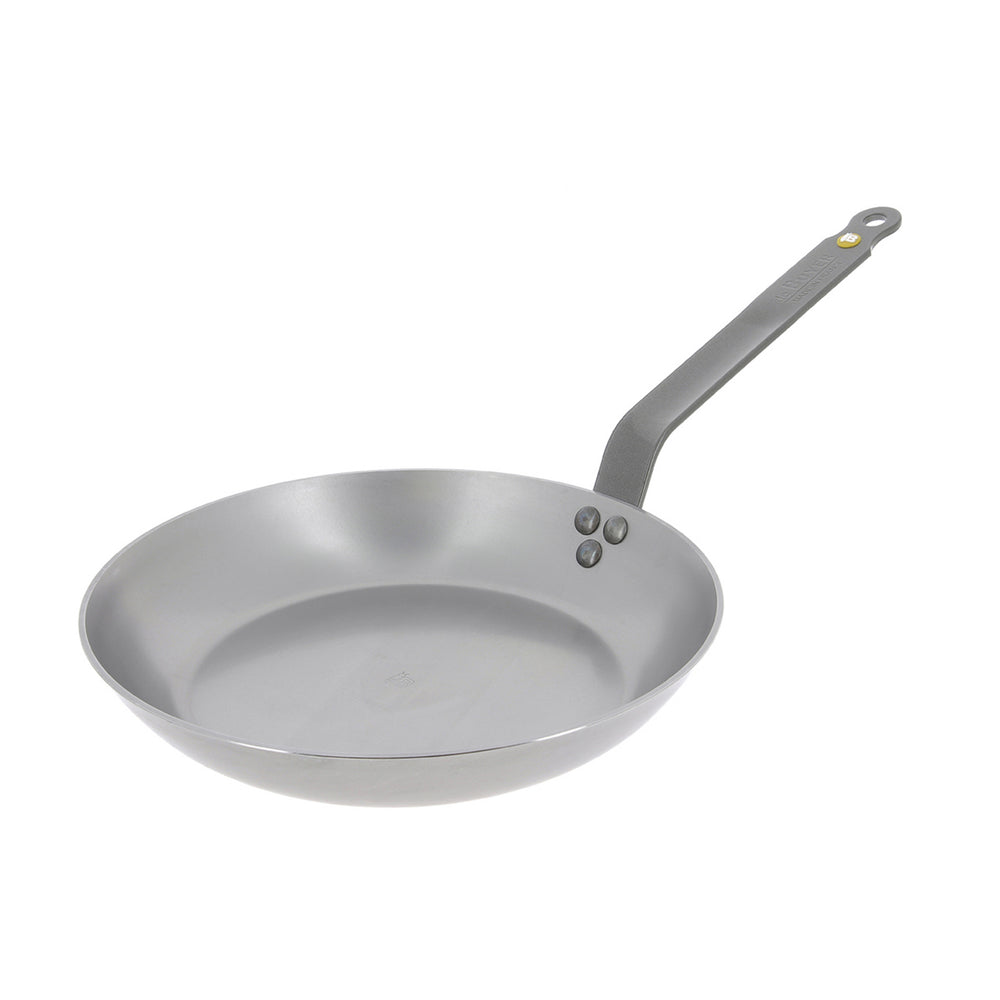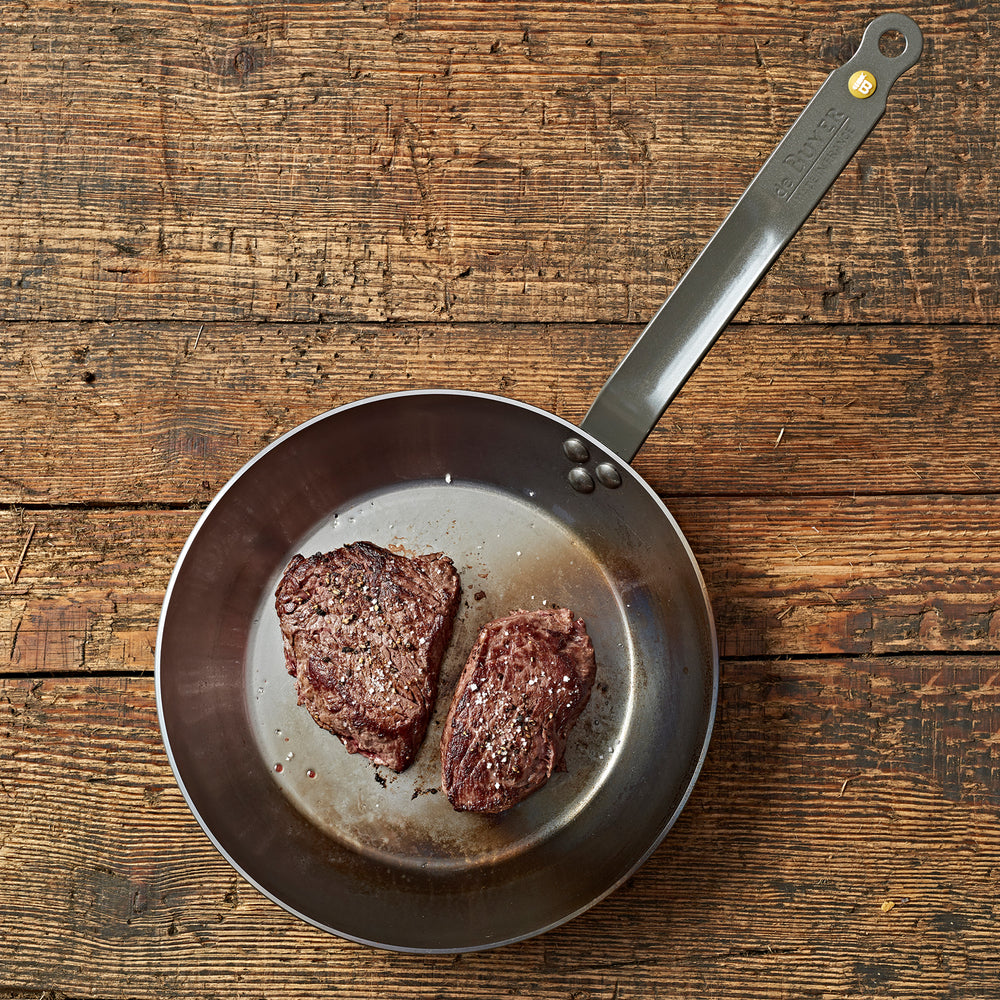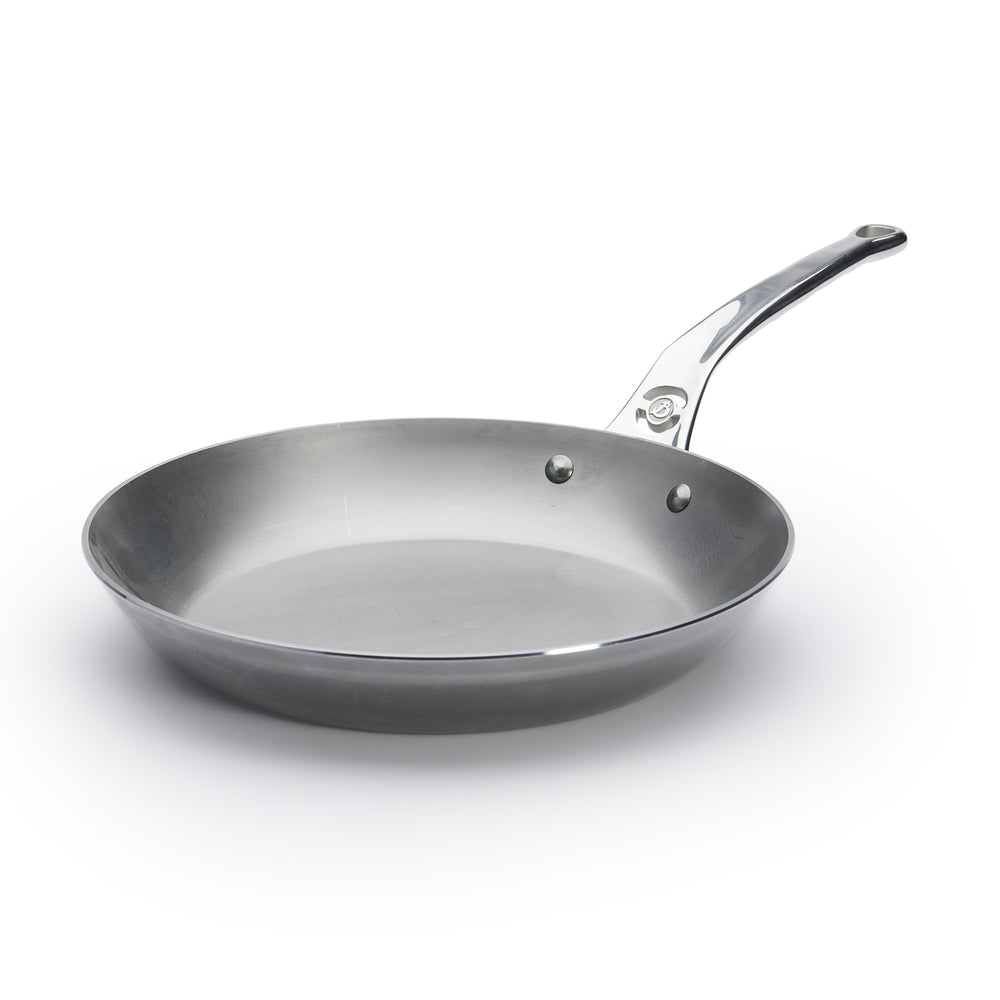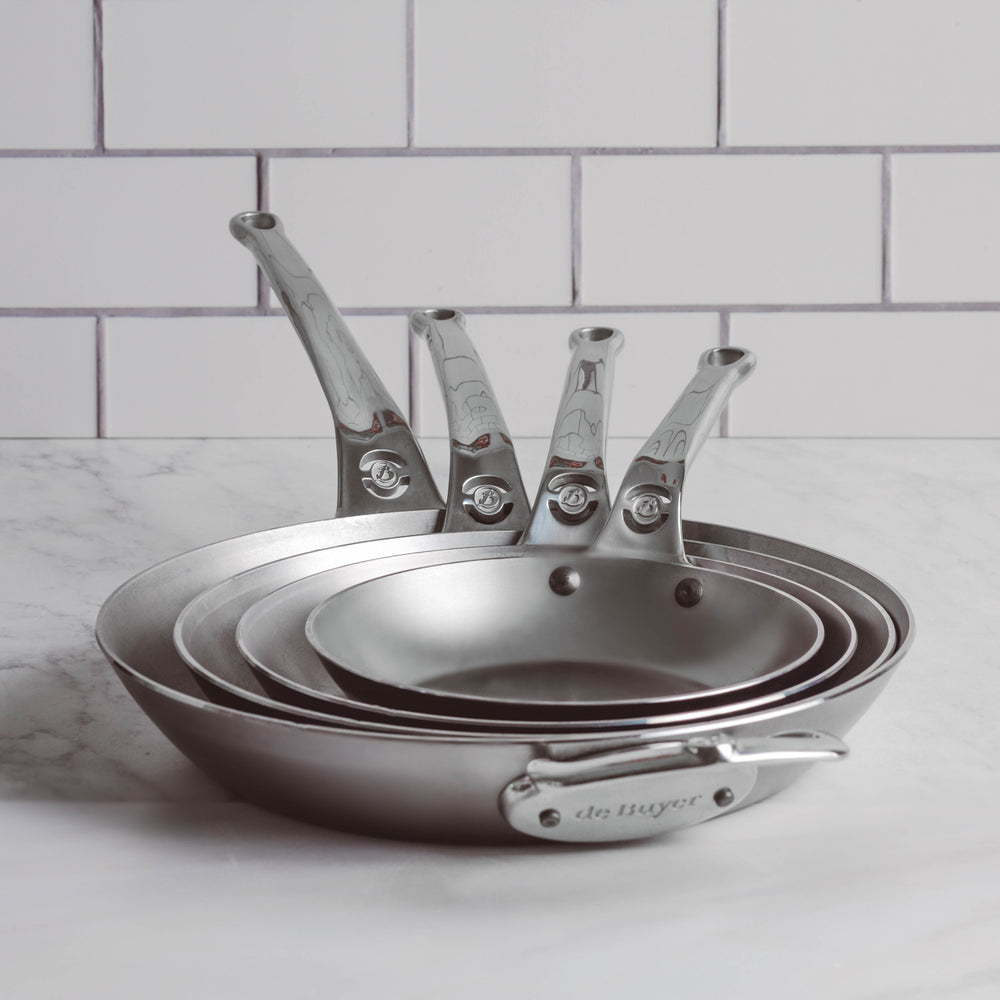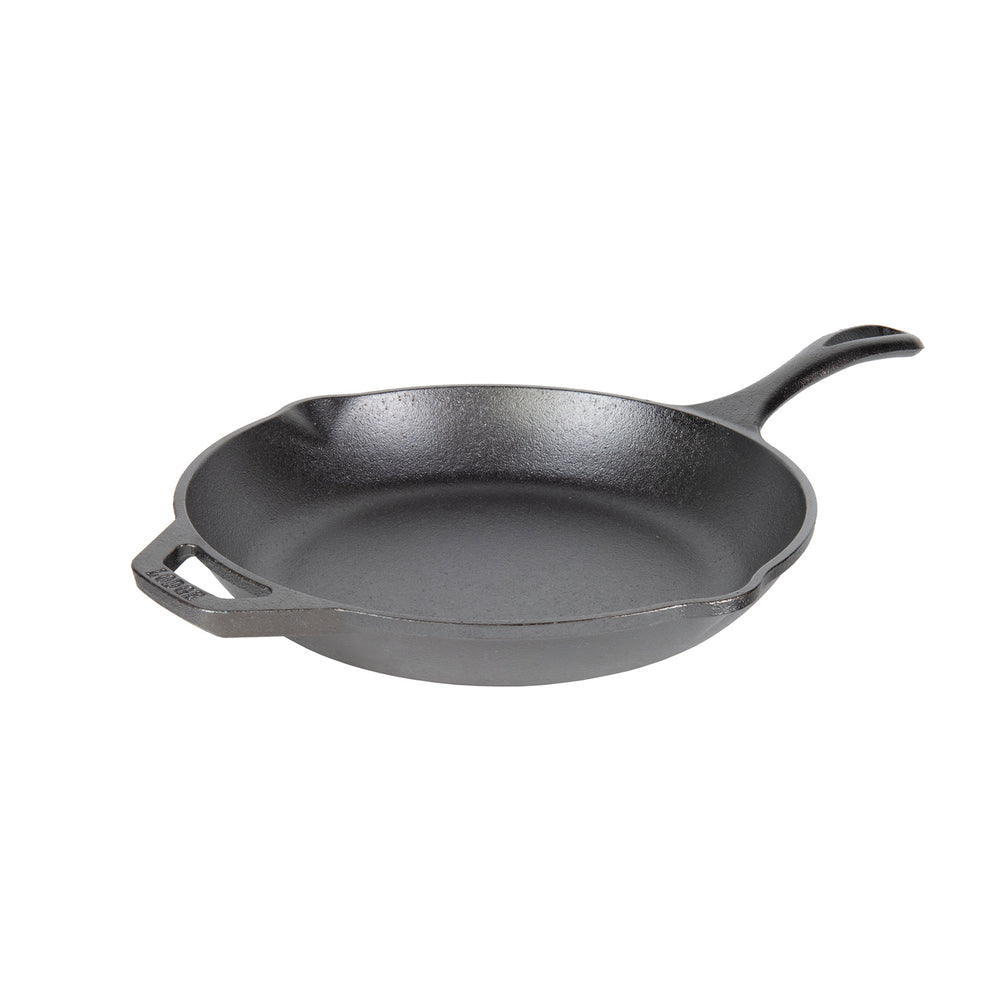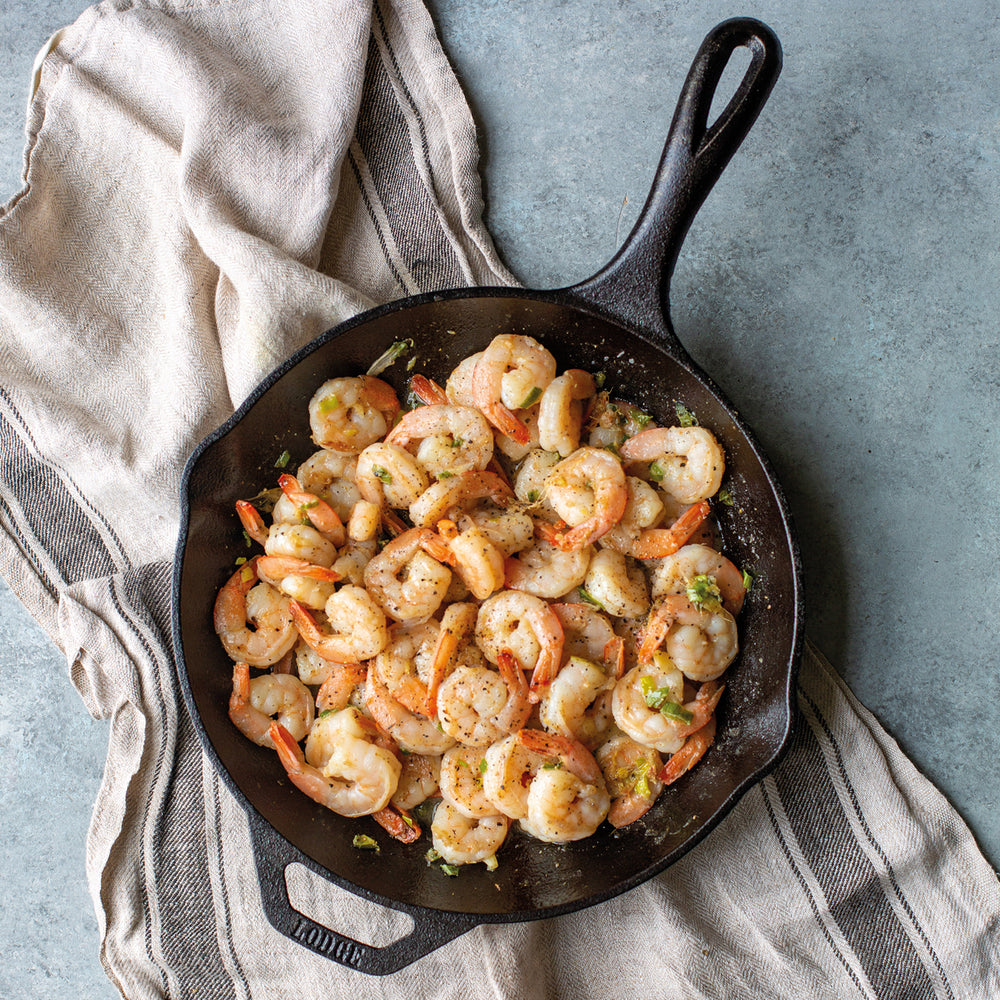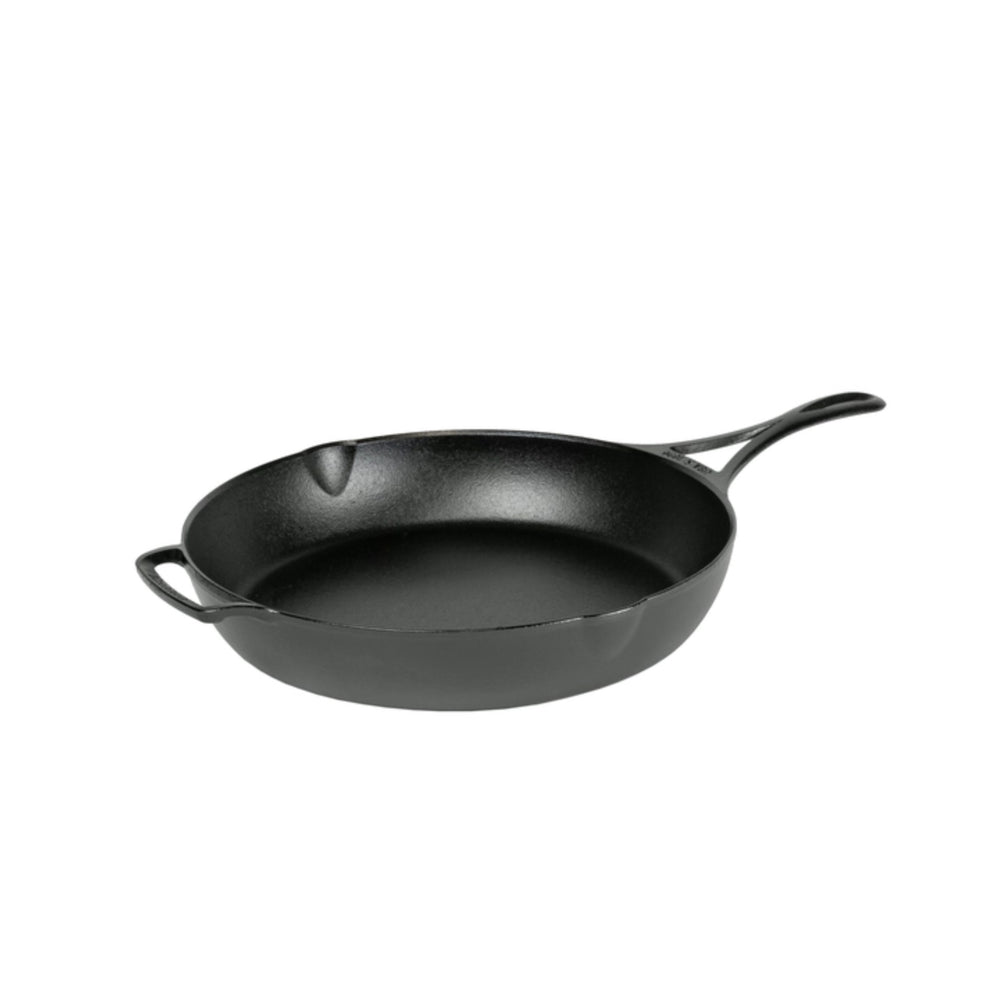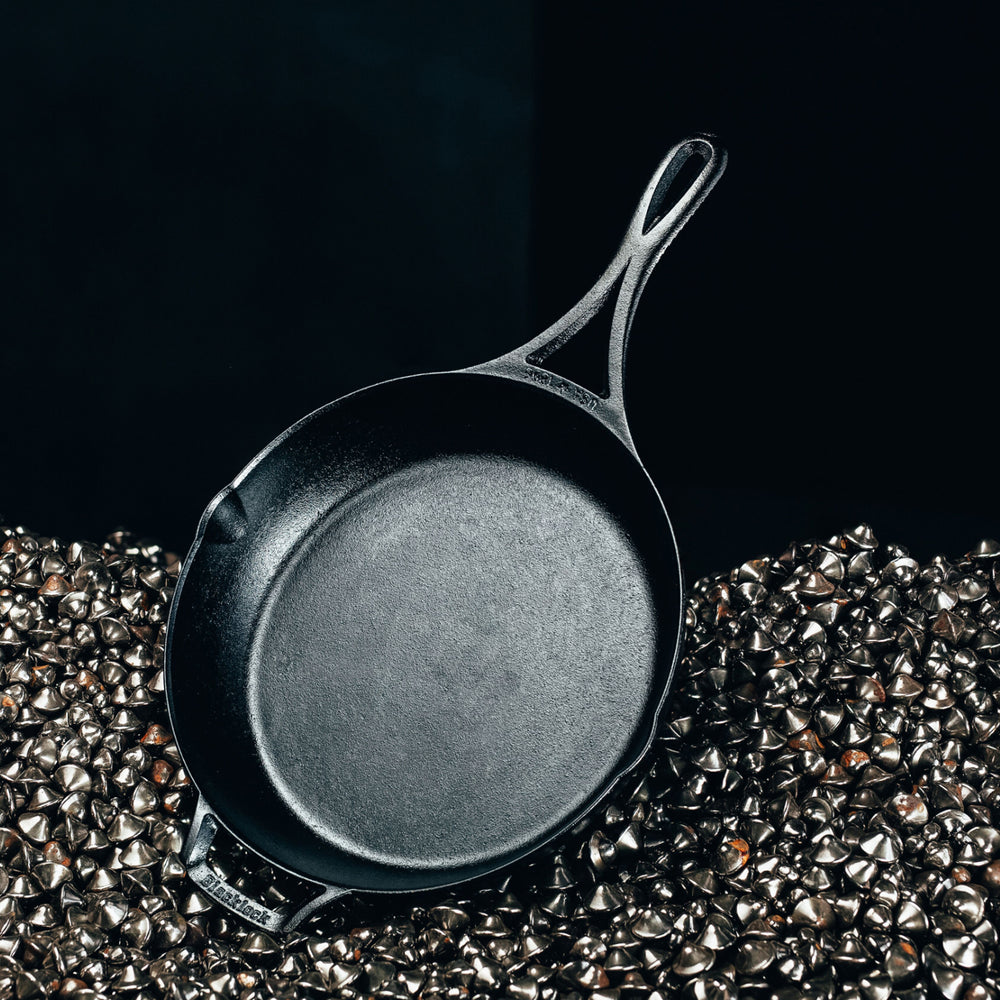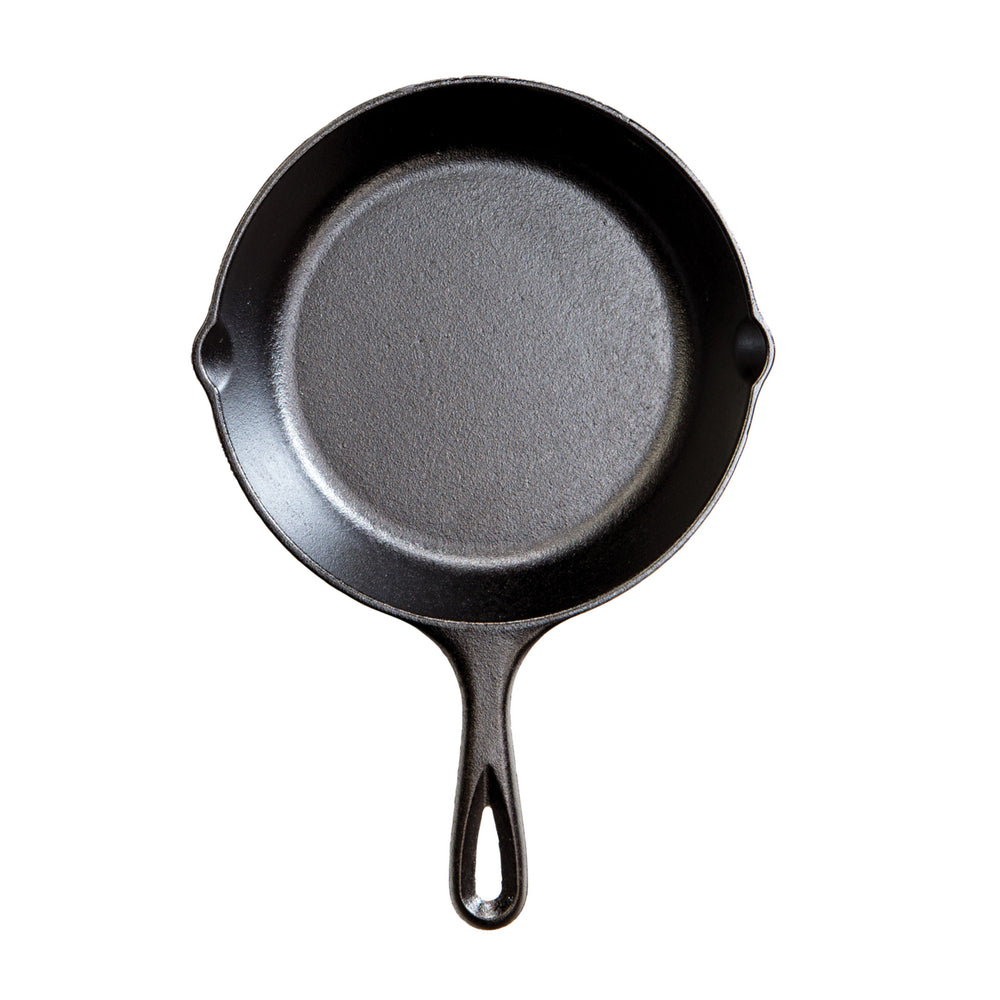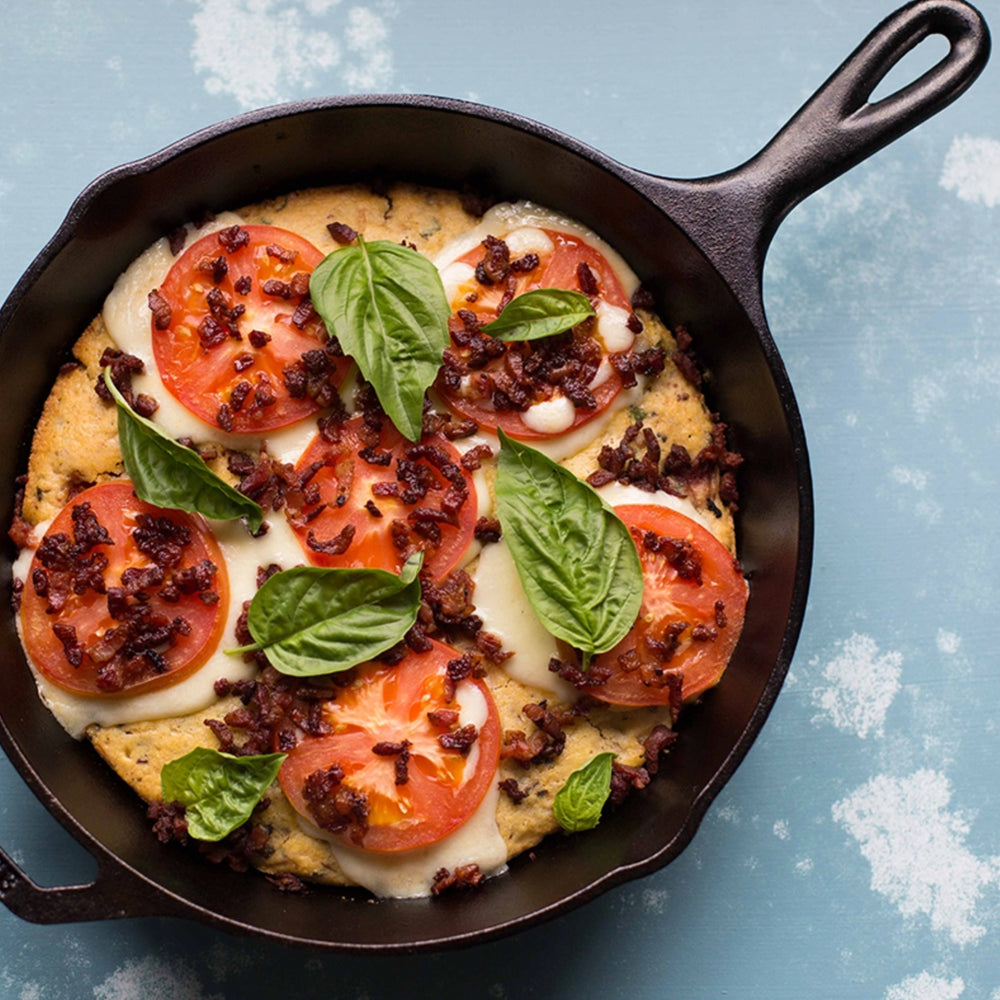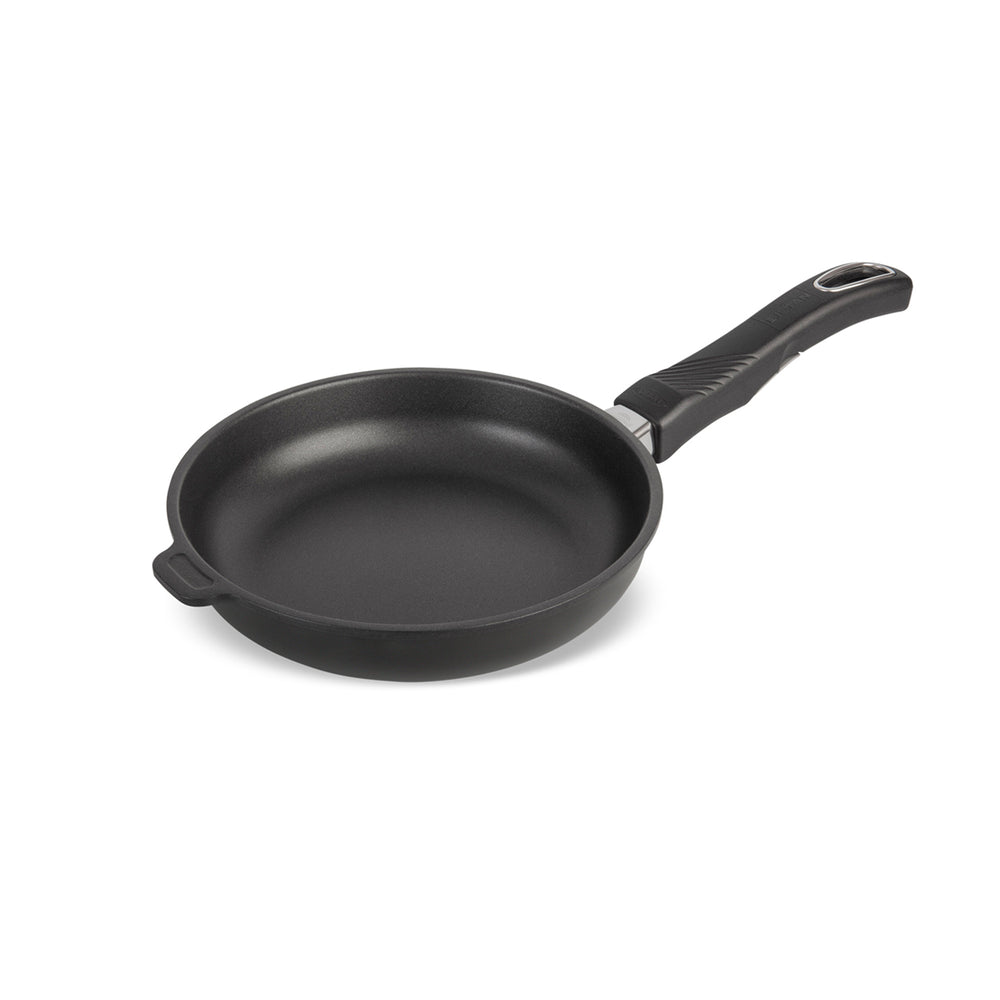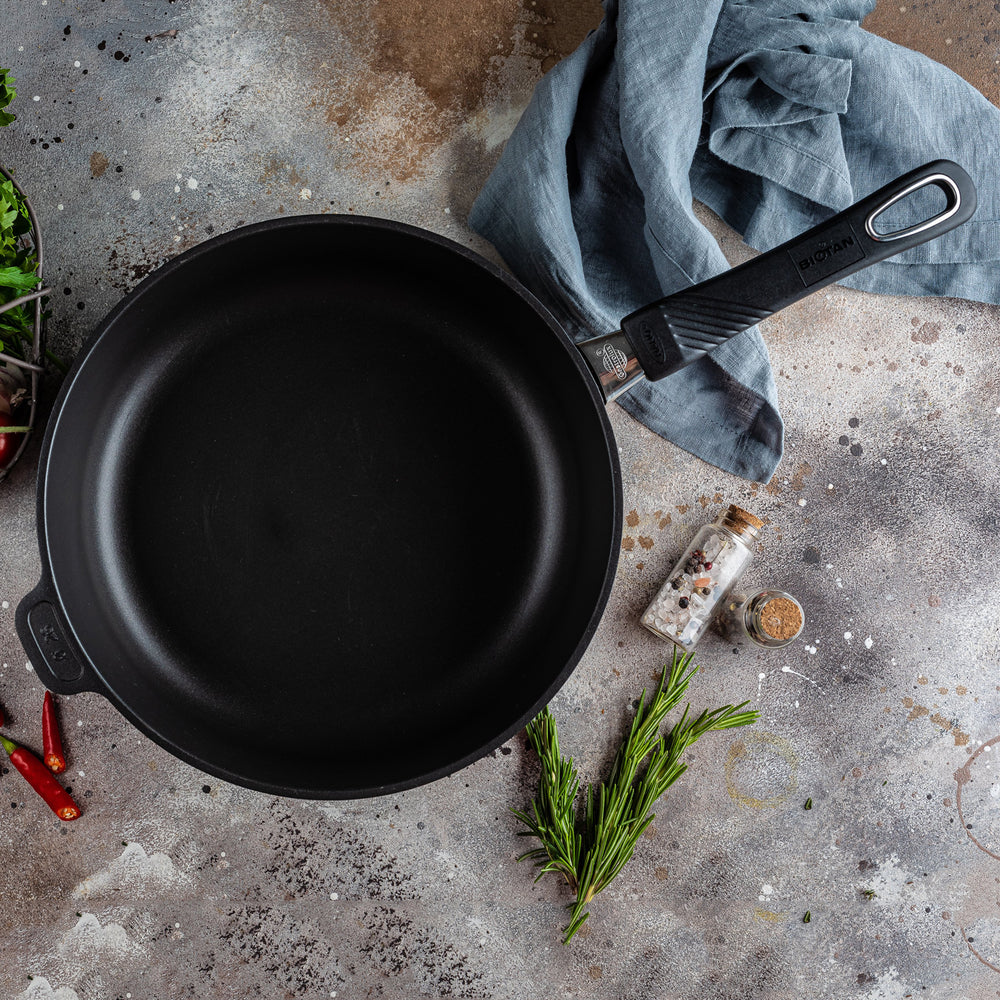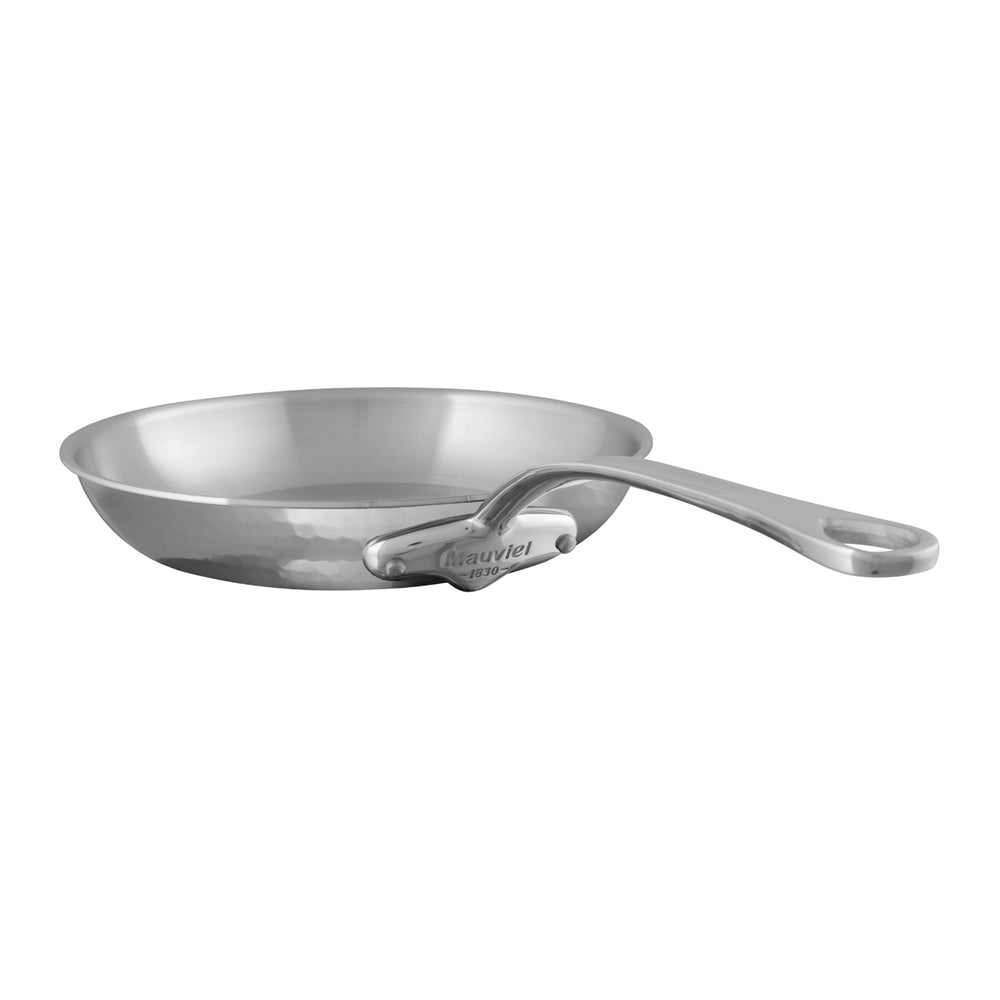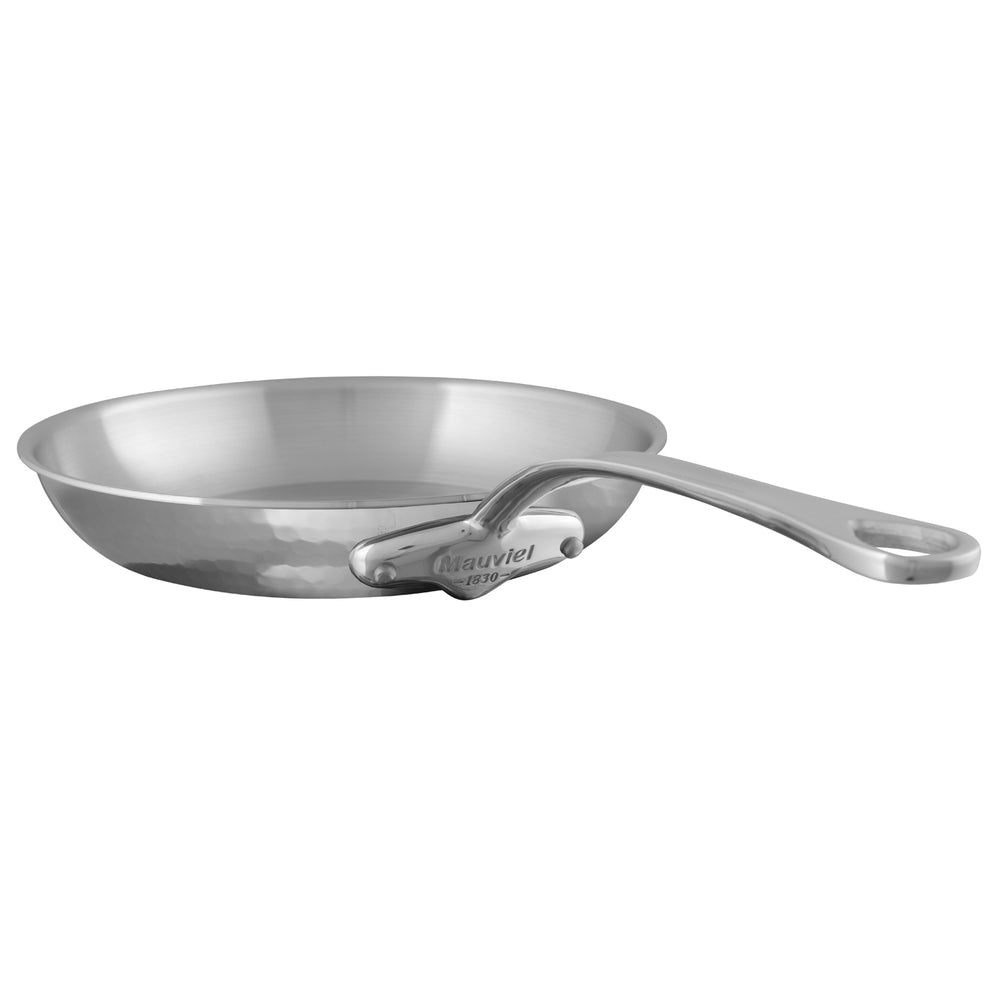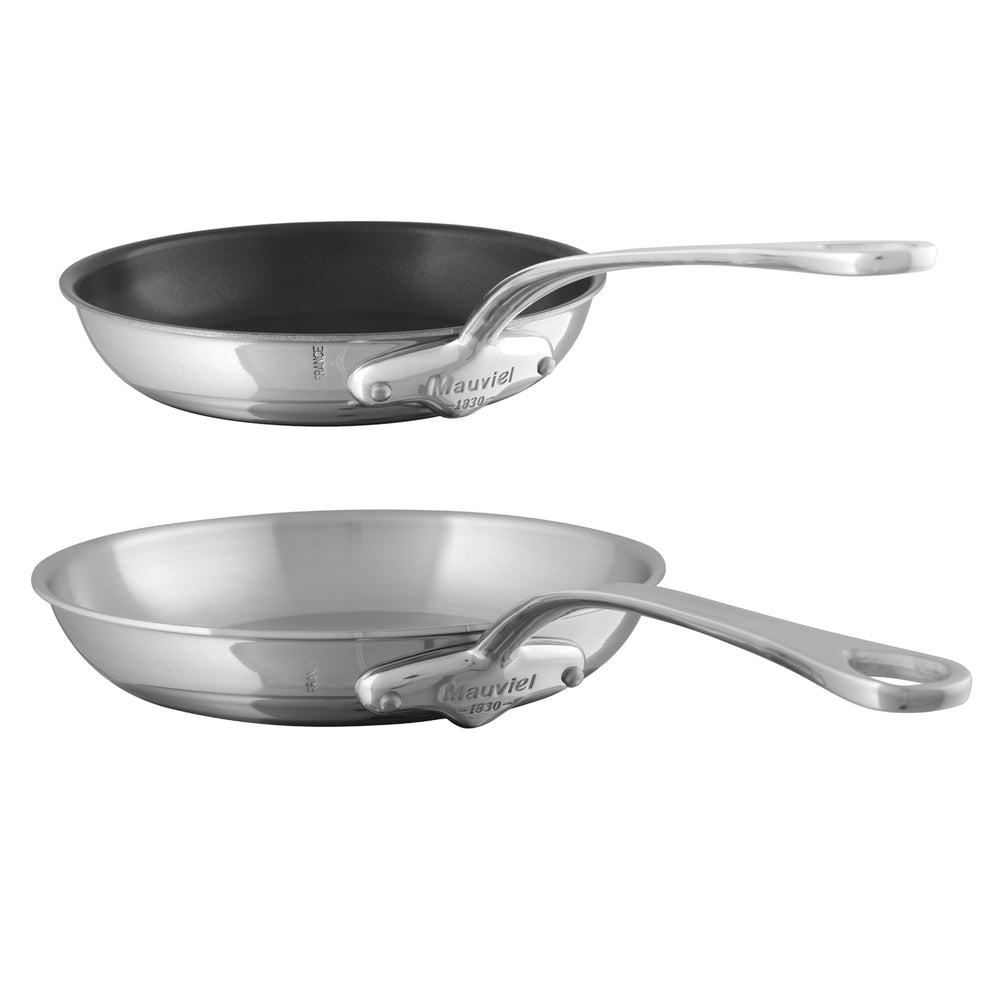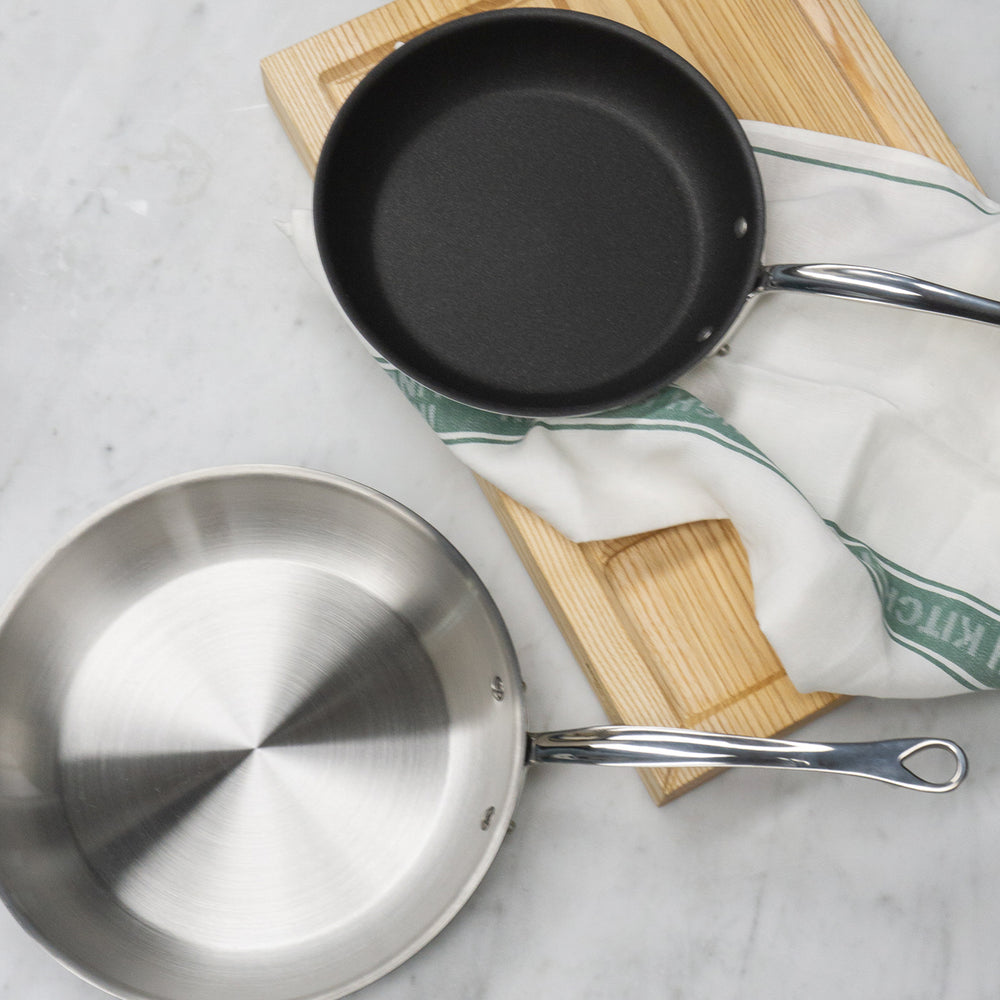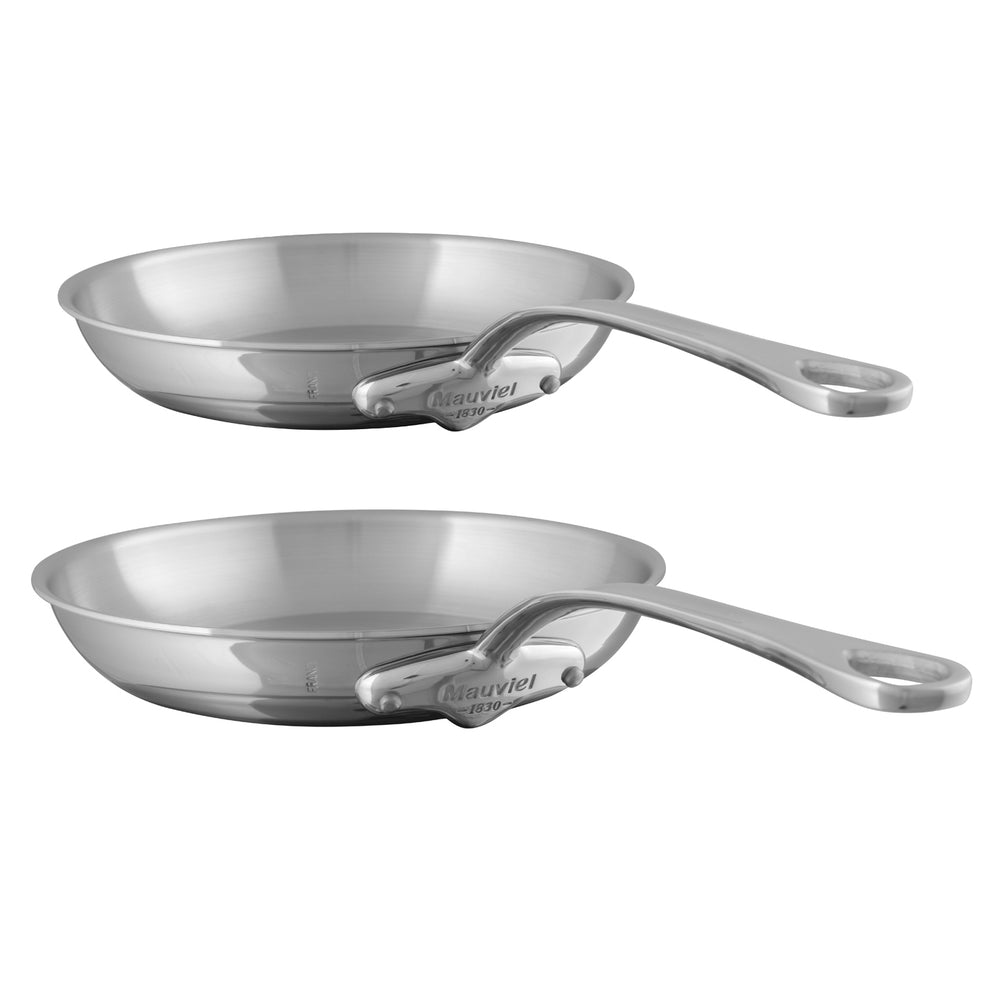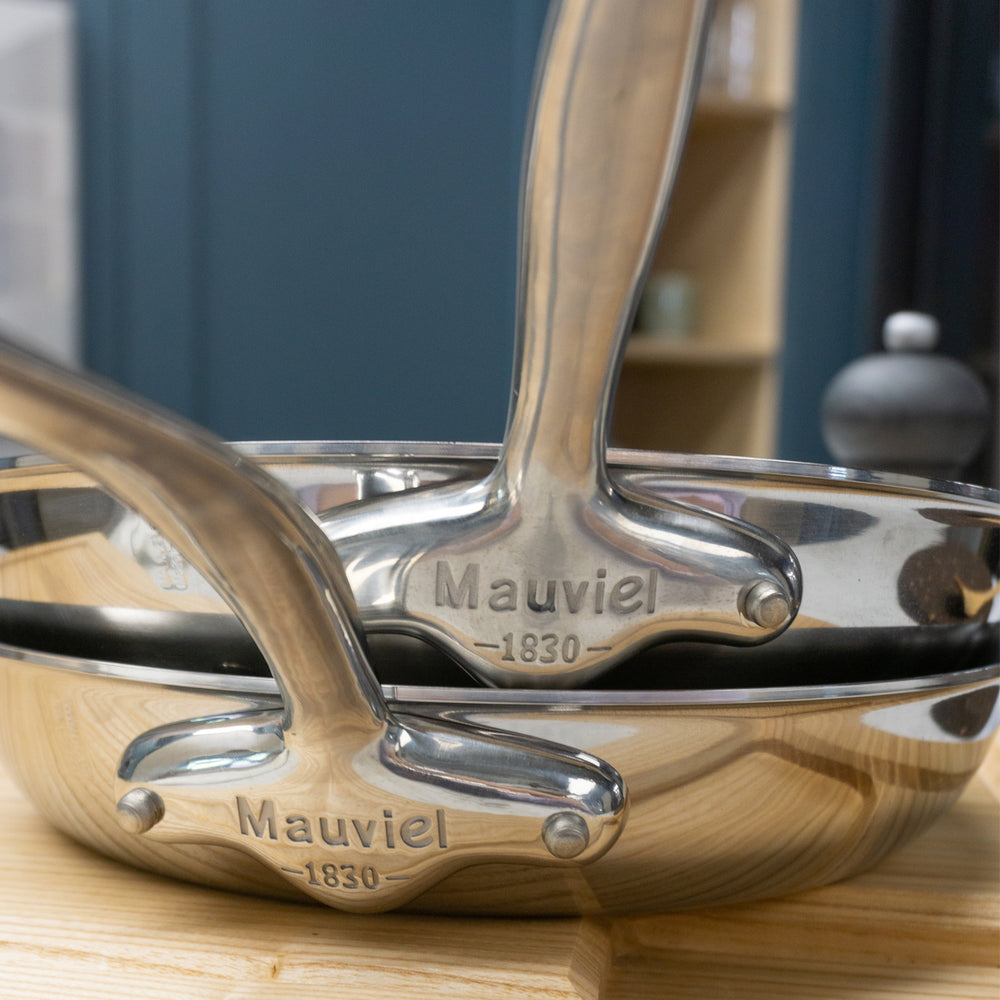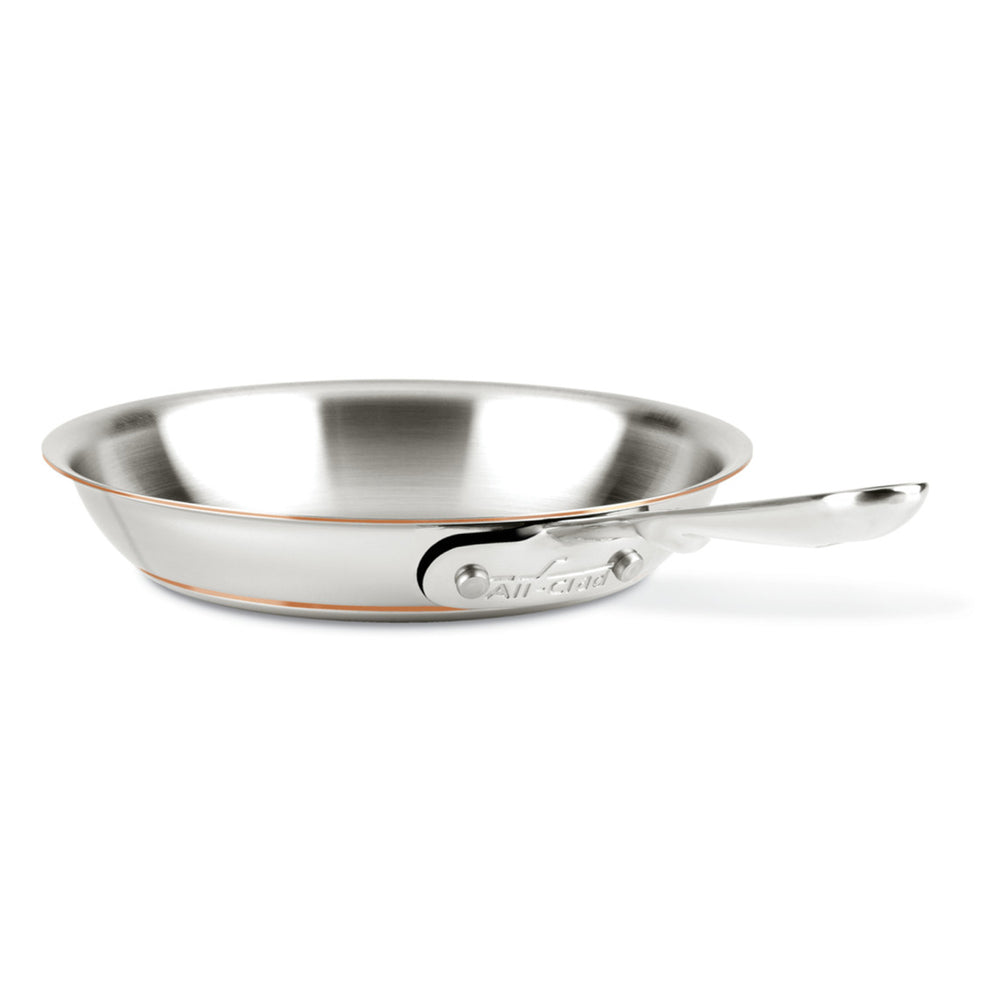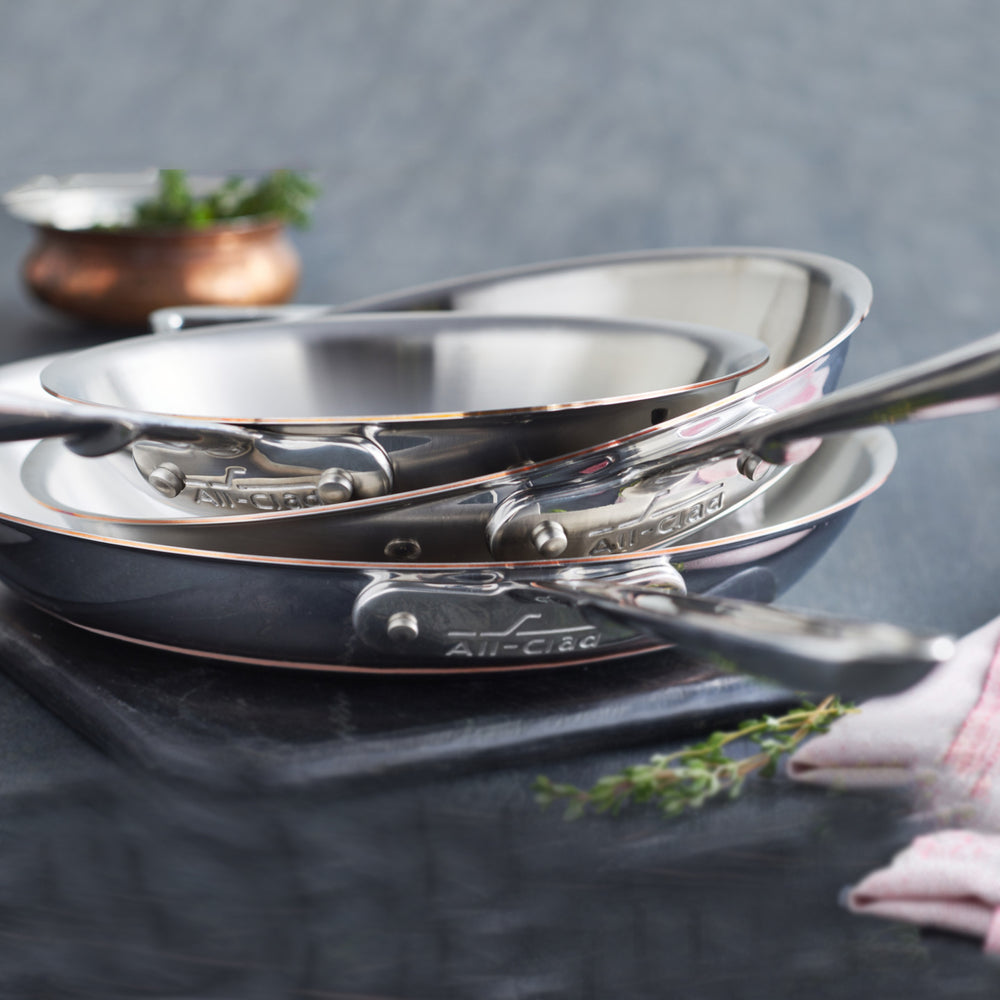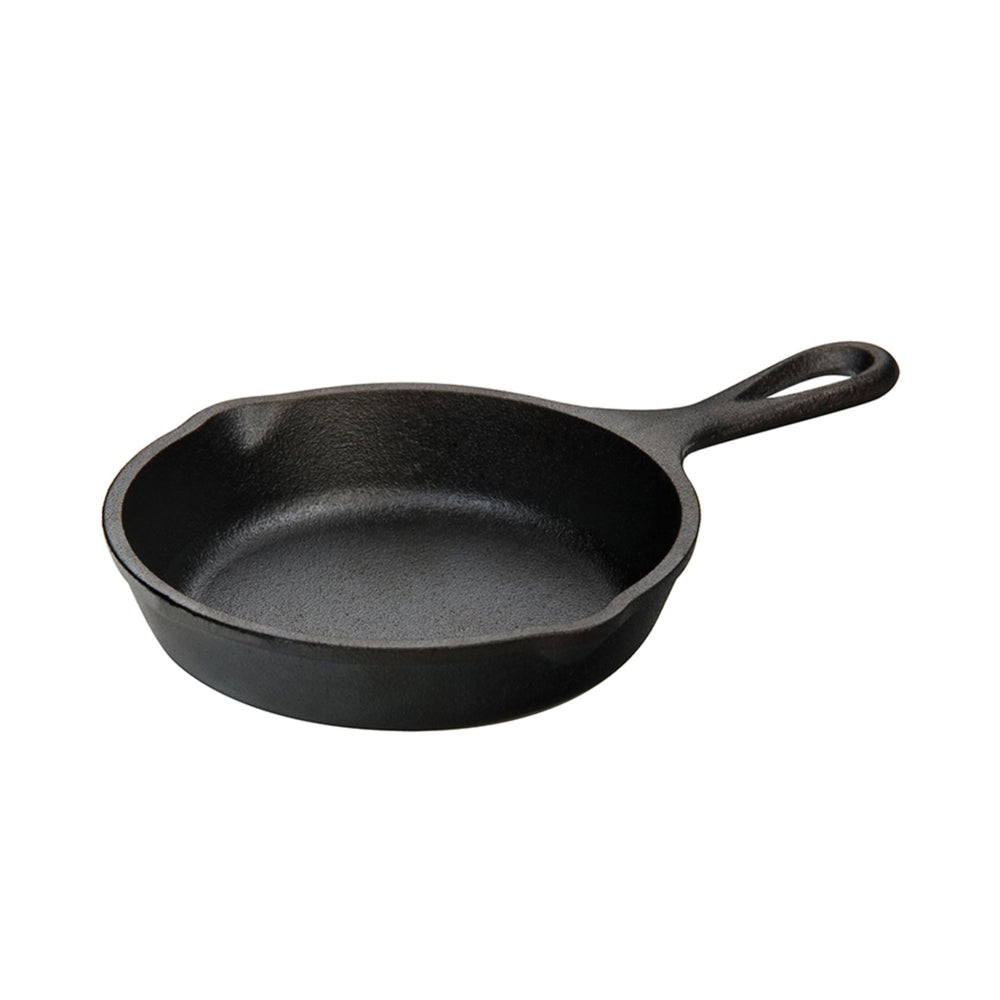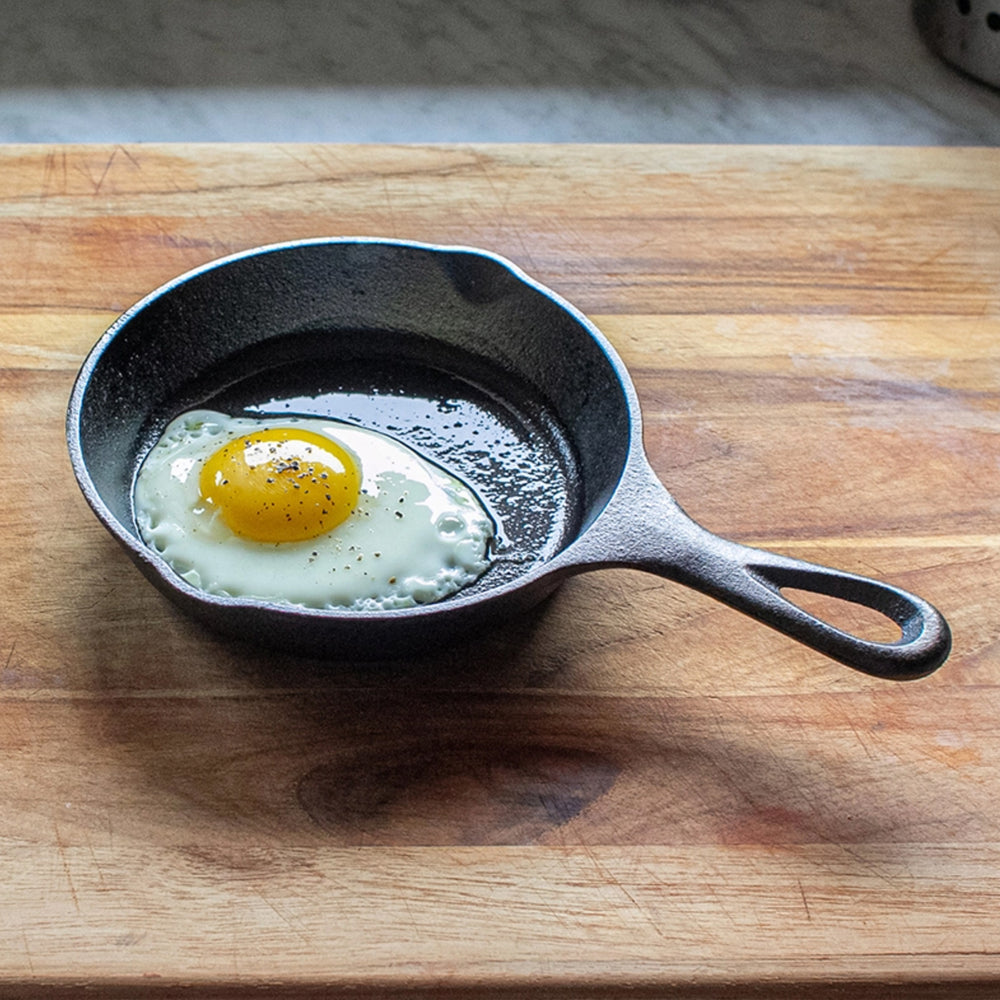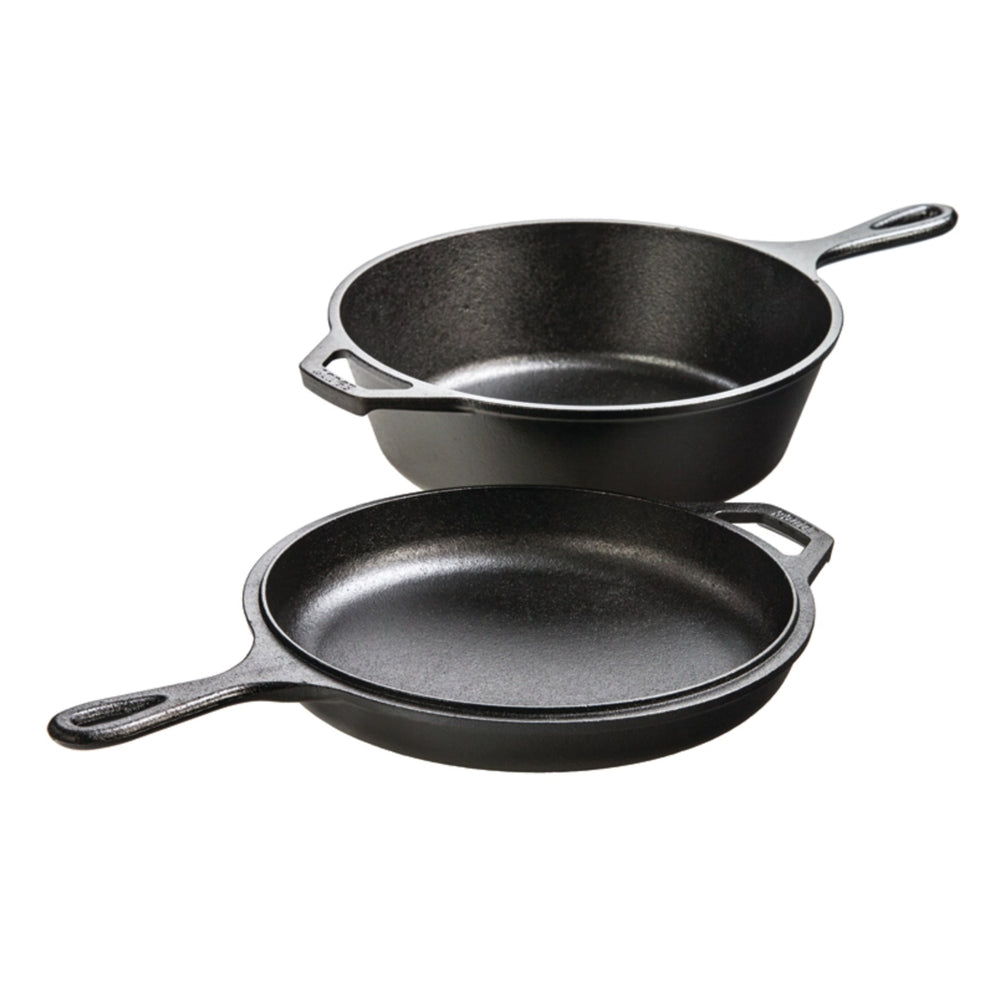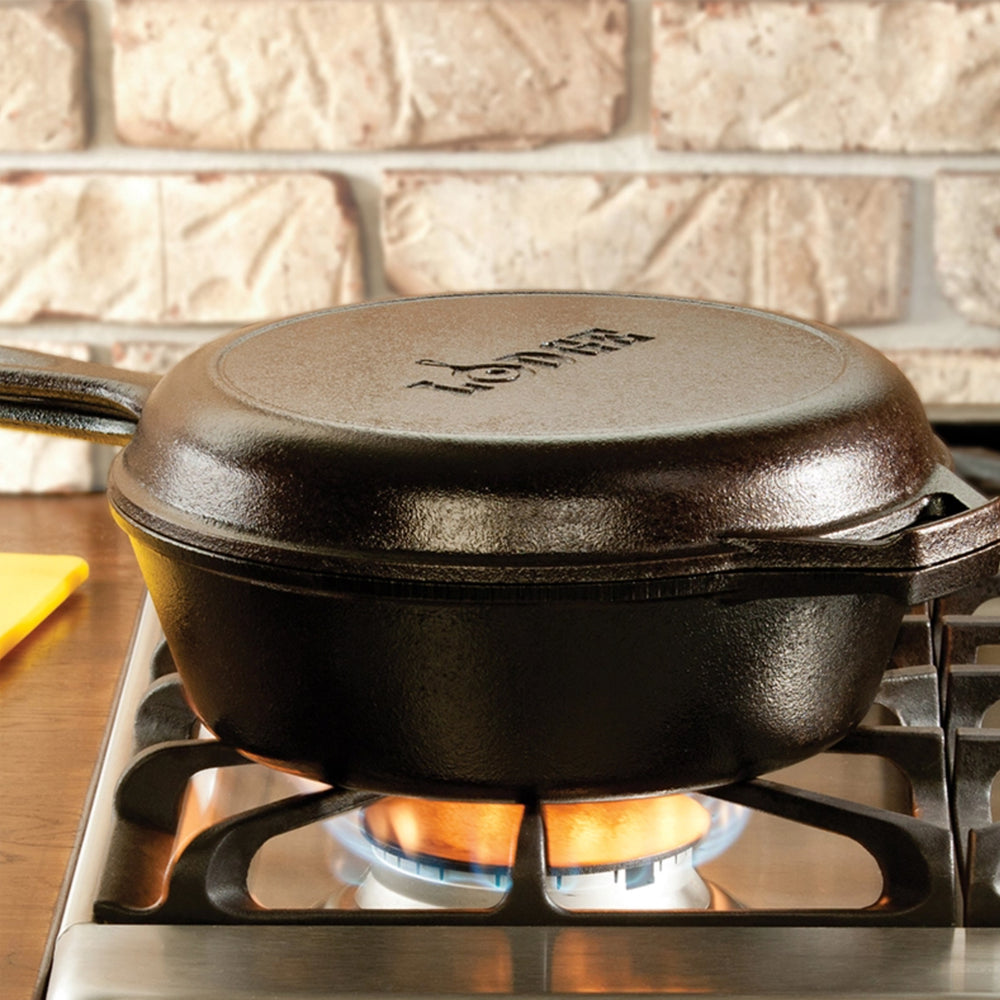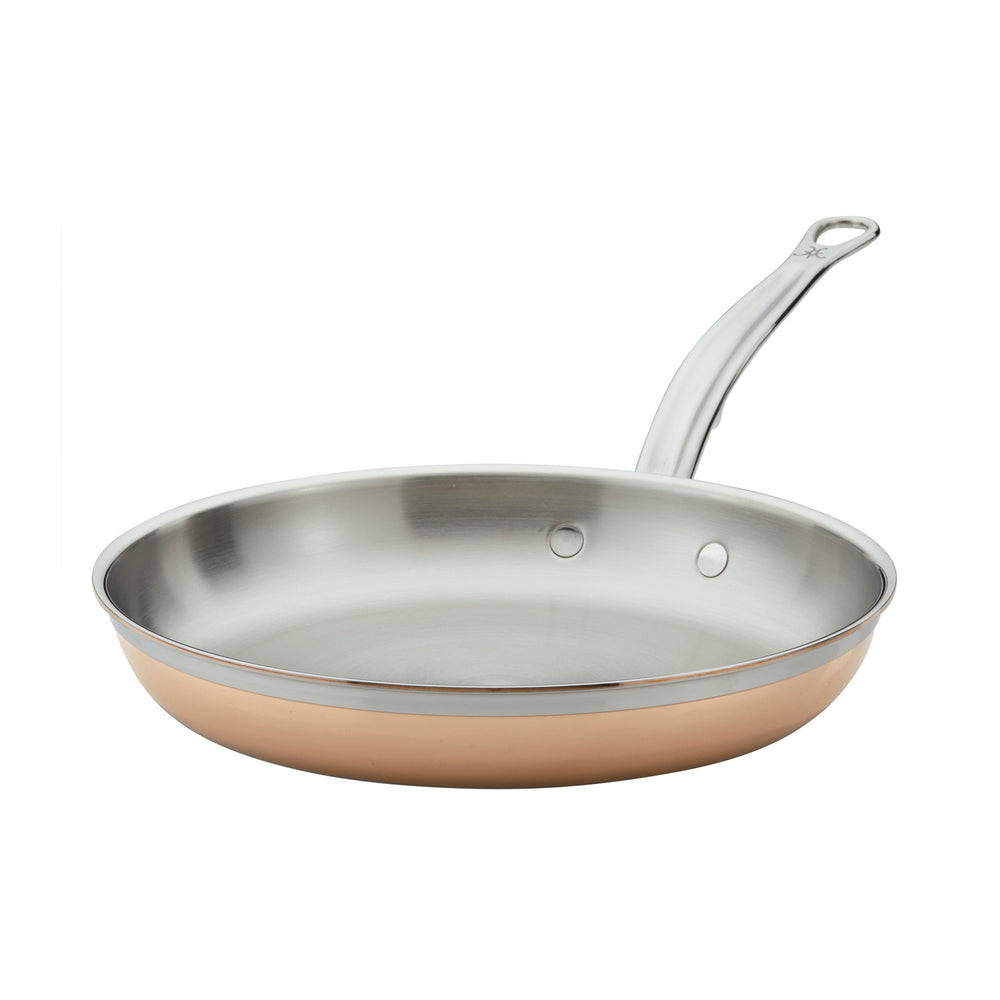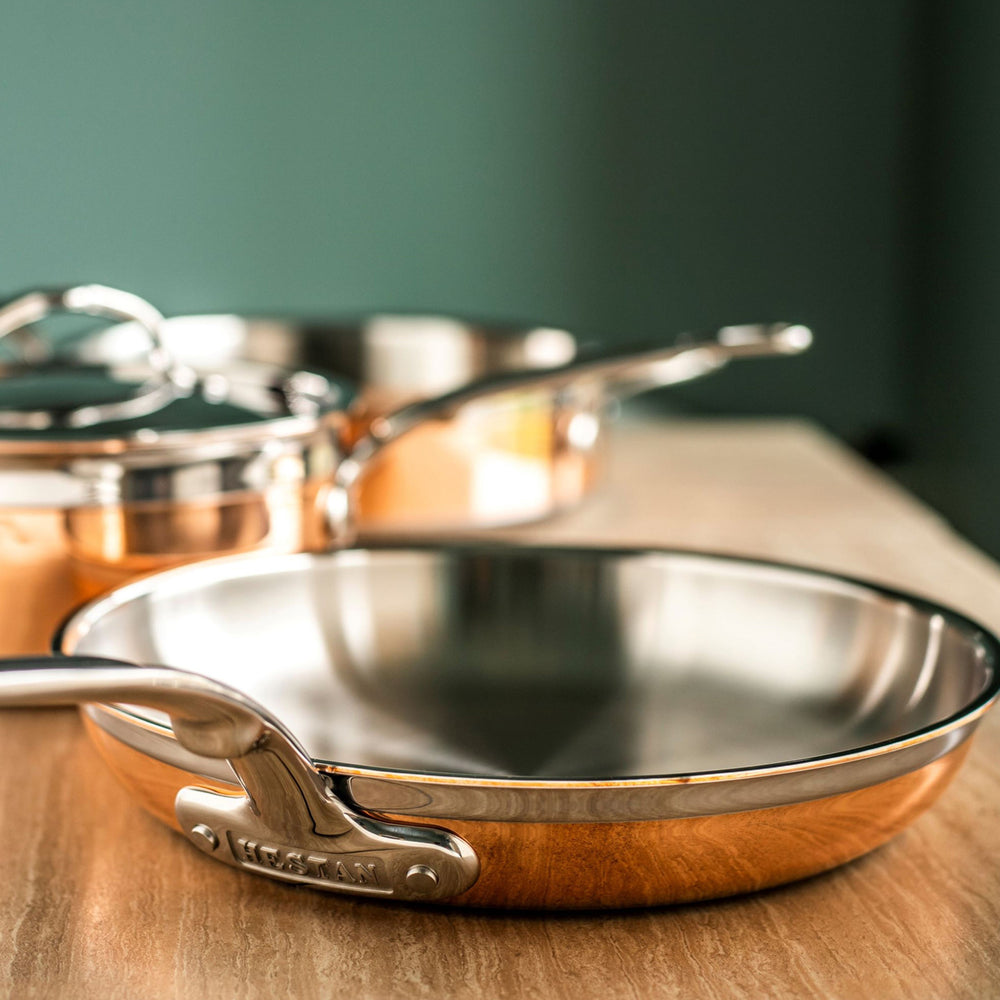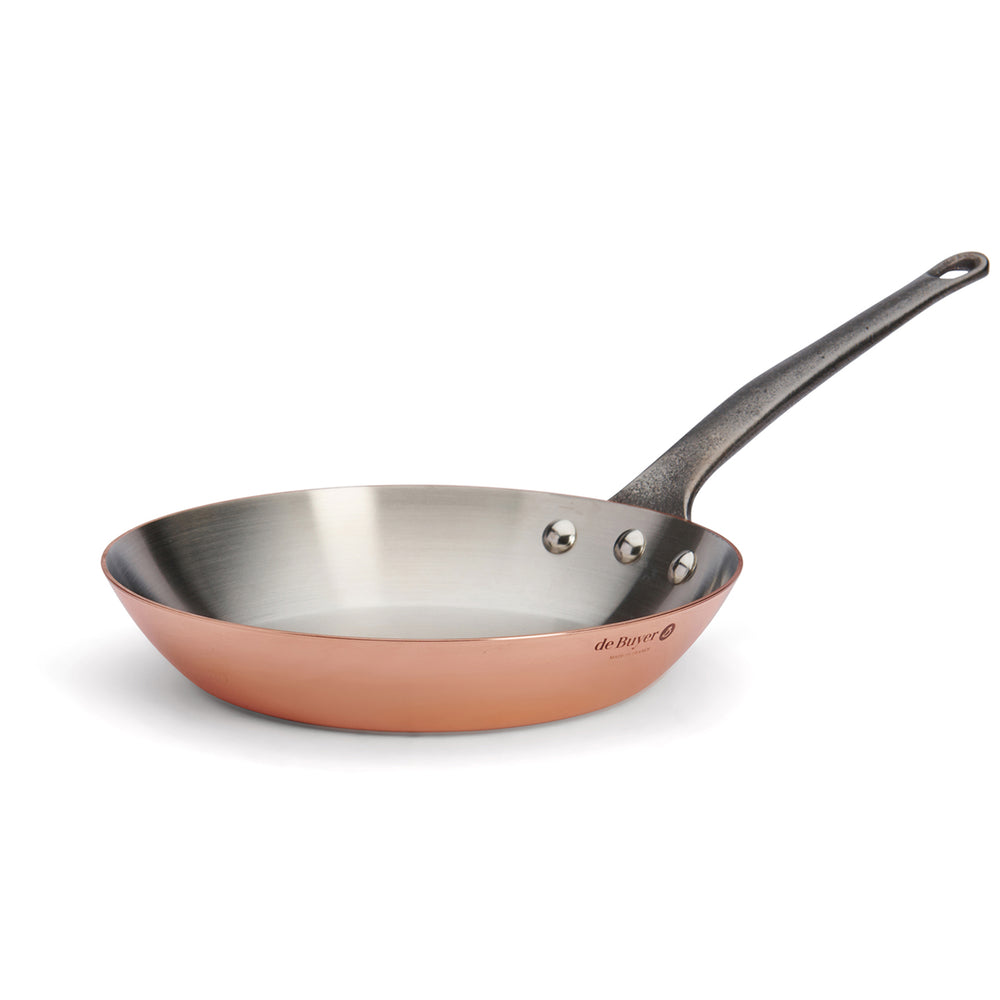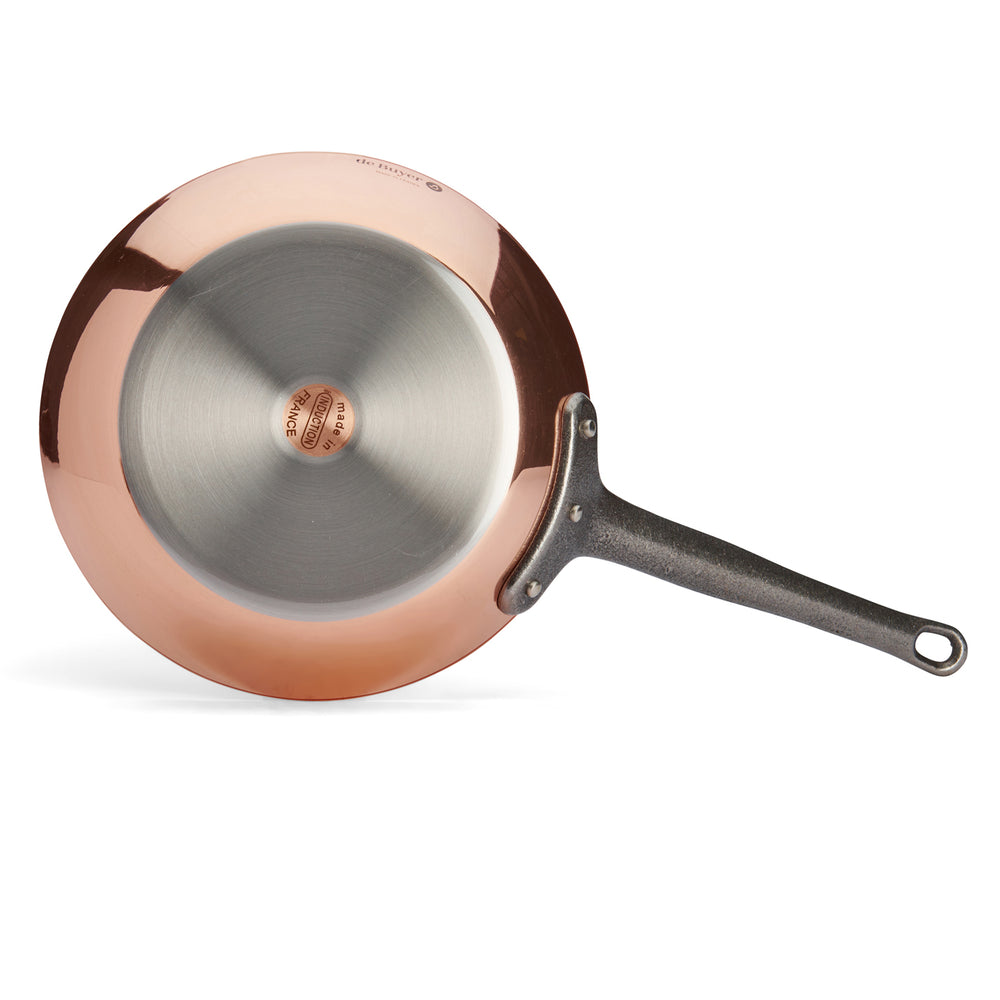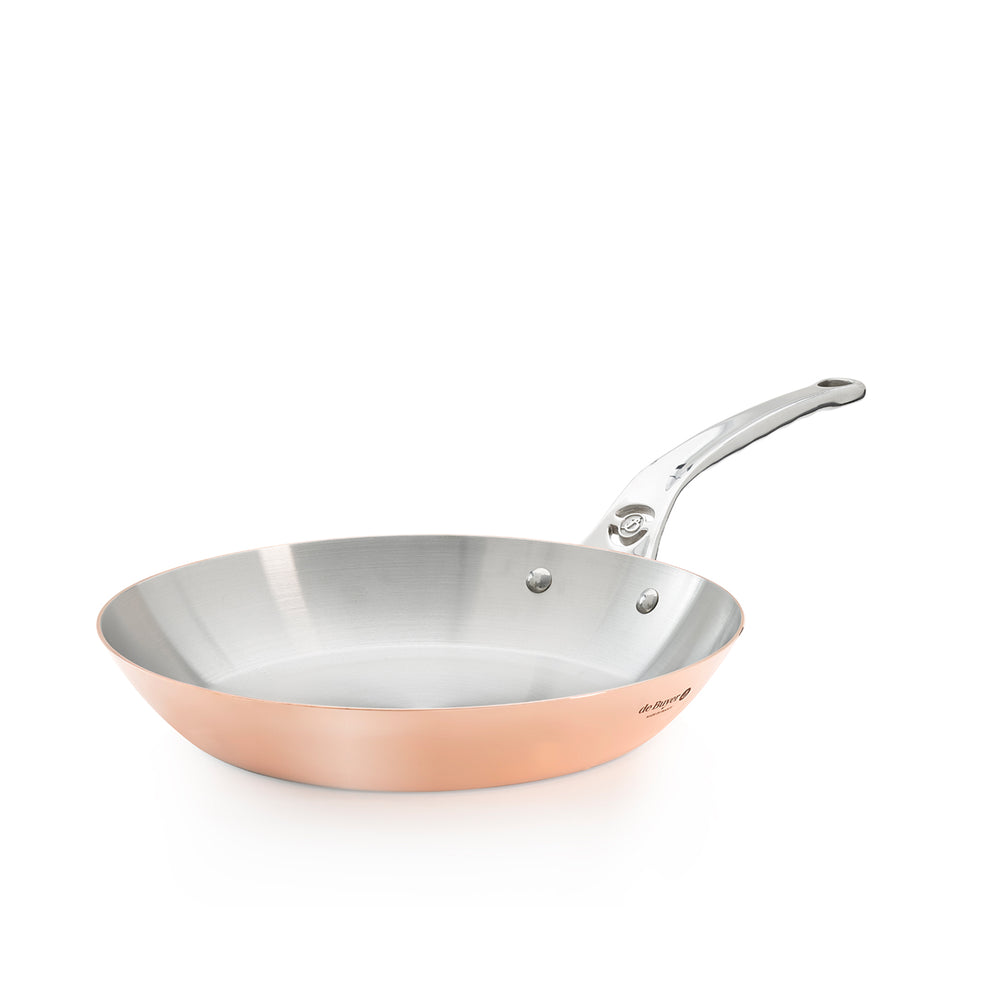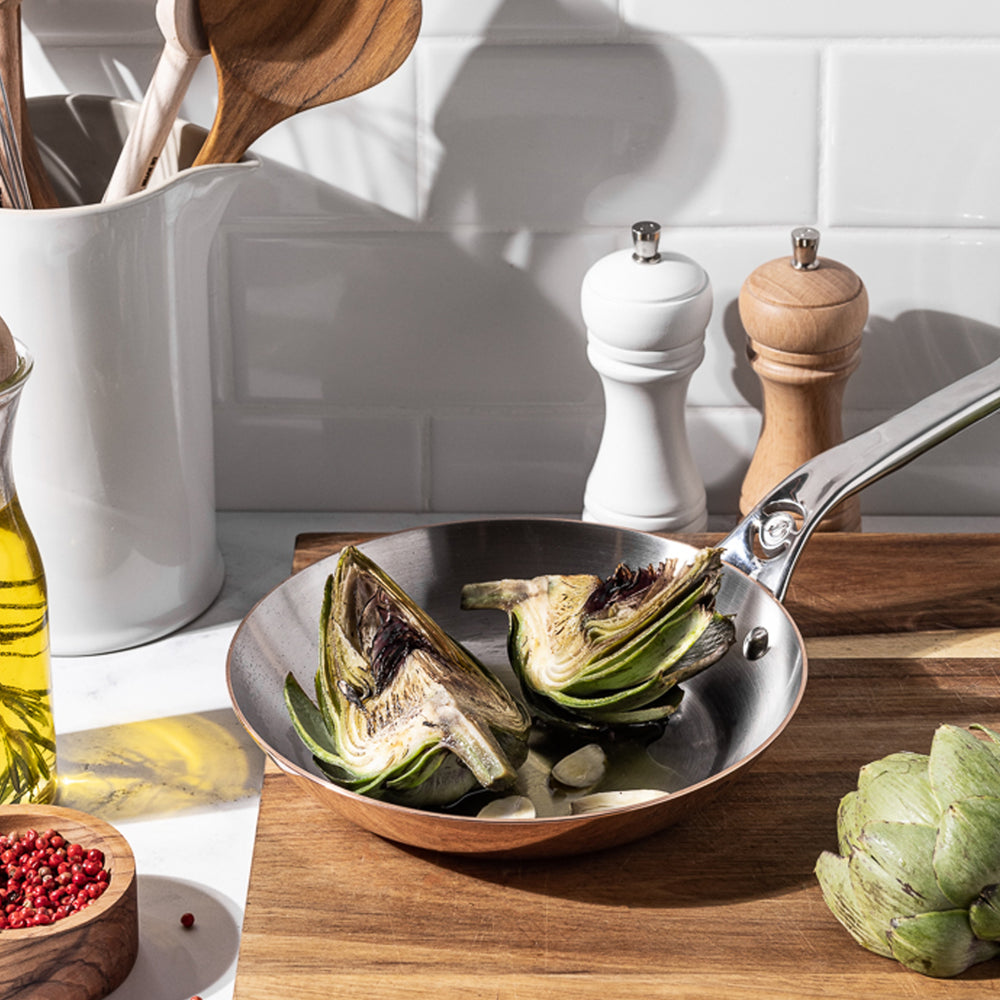We tested hundreds of frying pans – examining them for function, quality, and durability – to decide which ones were worth keeping on our shelves. If a pan is marked ‘best of the best’, it means we consider it to be far superior to its counterparts on the market. Our ‘best of value’ label indicates a pan that matches our rigorous standards, but is slightly less user-friendly and thus less pricey.
The key things to consider when choosing a frying pan:
- What will I cook in it?
- How much effort do I want to put into keeping it shipshape?
- What kind of hob do I have?
We’ve broken down the pros and cons of each material in the overview below.
NON-STICK
If you want to cook eggs, rice, or other foods you know will stick to the pan, a nonstick pan makes sure they don’t. The downside is that it won’t brown the edges of your food well, which is fine for eggs and rice, but steak or pan-roasted Brussels sprouts? Not so much. Nonstick coatings typically only last a few years, so you should never put nonstick pans in the dishwasher or it will wear down the coating. But they are so easy to clean with soap and water, it’ll actually take more effort to put them in the dishwasher. Another reason people like nonstick pans is that they require little to no cooking oil. Oil is what lets food *not* stick to pans, and the coating does that job here (with less browning, though, as noted above).
We think everyone should have a nonstick pan in their arsenal, even if just for eggs, rice, and other foods you know will stubbornly cling to your frying pan, like cheesy mashed potatoes or delicate fish. Unlike most commercial nonstick pans, the ones we carry are meant to last for five years or more, and they are suitable for all hobs including induction.
CAST IRON, SPUN IRON & CARBON STEEL
Cast iron pans – known more commonly as ‘skillets’ for their higher sides and shorter handles – require more maintenance than nonstick ones. That’s because their power lies in their seasoning, AKA a film of oil at the base of the pan that builds and becomes stronger over time, making it naturally nonstick. This seasoning means you cannot wash a cast iron pan with soap and a sponge or put it in the dishwasher, as soap is too abrasive and will dissolve the seasoning. It also means cast iron is not recommended for acidic foods, like tomatoes, citrus, or anything vinegary.
Why go through that effort for a high-maintenance pan that can’t cook everything? For the perfectly browned foods, of course! Because cast iron gets extremely hot and stays that way for a while, it allows you to sear meats, vegetables, and more until they are perfectly caramelised. The material is indestructible – some cooks report using the same cast iron skillets their great-grandmothers used – and naturally magnetic, AKA suitable for all induction hobs.
The qualities and maintenance of cast iron are virtually the same for spun iron and carbon steel pans, except these are shaped more like traditional frying pans (as opposed to skillets): long handles, slightly lighter body, and thus quicker to heat up and more manoeuvrable. However, carbon steel pans do not come pre-seasoned. Not to worry: We’ve put together an easy-to-follow guide on how to pre-season them here. This page also includes info on how to properly clean and maintain the seasoning of cast iron, spun iron and carbon steel pans.
If a cast iron pan is lined with enamel, like the ones we carry from Staub, then you can wash it with soap and water like any other pan. That’s why we consider it the 'best of the best'.
Griddles, which are usually made from iron, are flatter, larger cast iron pans without tall sides – so you don’t want to cook saucy items that might spill over on them, but they are great for pancakes, flatbreads, or burger patties that you’re making in large batches. Ideal for entertaining or big Sunday breakfasts.
COPPER
Copper is the crème de la crème of cookware—the very best conductor of heat, and it has the rare honour of being very responsive to heat as well. That means it can boil water much faster than any other pan, but if you’re worried about your pan getting too hot, it will change temperatures as soon as you lower the heat, unlike other materials that need more time to respond to a sudden change in temperature. That’s why chefs love it so much for delicate foods like fish, caramel, or egg-based sauces, where even a second of over-cooking could ruin an entire dish.
Though washing-up liquid will clean copper pans well, their outer sheen takes effort to maintain as it catches fingerprints easily and requires frequent polishing. Left uncared for, it will develop a green tinge (verdigris). This copper cleaner makes easy work of keeping the outsides shiny, but it’s only as effective as the cook is vigilant about using it!
Traditionally, copper was designed for gas hobs, and serious chefs will insist that copper needs fire to work its magic. However, the technology is constantly improving, and we’ve found that the induction-compatible copper pans from Mauviel, All-Clad and De Buyer do an excellent job of adapting this traditional cooking material for modern kitchens.
STAINLESS STEEL
Stainless steel is the most versatile material on the market. It can cook anything from pan-seared steaks to tomato sauce; you can put it in the dishwasher; and it is durable enough to last decades.
On its own, stainless steel is not a great conductor of heat, which is why it is lined, or ‘clad’, with other heat-conductive materials like aluminium, or more rarely, copper, which is what makes All-Clad’s Copper Core range so unique. We classify this range as the ‘best of the best’ because it combines the ease of stainless steel with the power of copper.
The more layers, the better – that’s why we also classify Mauviel’s stainless steel M’Cook range as ‘best of the best’ too. With five layers of metal, including a core layer of pure aluminium (as opposed to the less strong but more common bonded aluminium), it is able to conduct and distribute heat so well it’s hard to believe there is no copper in there.
Pans with three layers are a bit less powerful when conducting and distributing heat, but they are lighter to hold, simple to clean, and the best quality available for a smaller price tag, which is why we classify them as ‘best of value’.
For more details about cooking with stainless steel, read our comprehensive guide.
CAN'T DECIDE
Our team is full of avid cooks who have tested these frying pans, and they’d be delighted to advise you on what pan works best for your kitchen and cooking habits. Feel free to contact us via email (online@boroughkitchen.com), phone (+44 20 7043 1478), or LiveChat (the window on the bottom left).
